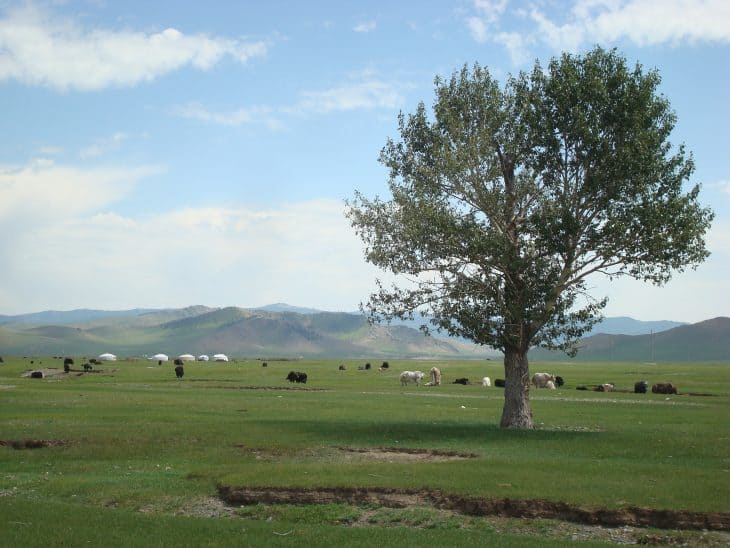
- Mongolia ranks as the 18th-largest country in the world.
- 30% of Mongolians today are nomadic.
- 59% of Mongolians today are below the age of 30.
- The temperature in Mongolia can drop to -30 degrees Celsius in winter.
- Mongolia’s timezone is GMT+8 in the east and GMT+7 in the west.
- Humans first reached Mongolia about 40,000 years ago.
- The Xiongnu of Mongolia banded together in 209 BC, and later forced China’s Qin Dynasty to build the Great Wall.
- Genghis Khan united Mongolia and conquered the Mongol Empire in the 13th Century.
- Kublai Khan conquered China and founded the Yuan Dynasty in the late-13th Century.
- Mongolia stayed free of China even after the Yuan Dynasty ended in the 14th Century.
- China’s Qing Dynasty conquered Mongolia in the 16th Century.
- Mongolia gained independence from China in 1911.
- Mongolia became Communist and a Soviet ally in 1924, the Mongolian People’s Republic.
- The Soviet Union defended Mongolia from Japan in 1939.
- Communism fell and Mongolia became a democracy in 1990-1992.
- Mongolia means ‘Land of the Mongols’ in Latin.
- Mongolia’s capital of Ulaanbaatar competes with Moscow as the coldest city in the world.
- Russian is the foreign language most spoken in Mongolia.
- Khüiten Peak is the tallest mountain in Mongolia, at 4.4 km high.
- Mongolia’s money, tögrög, means ‘circular object’ in a reference to a coin’s shape.
Mongolia Facts Infographics
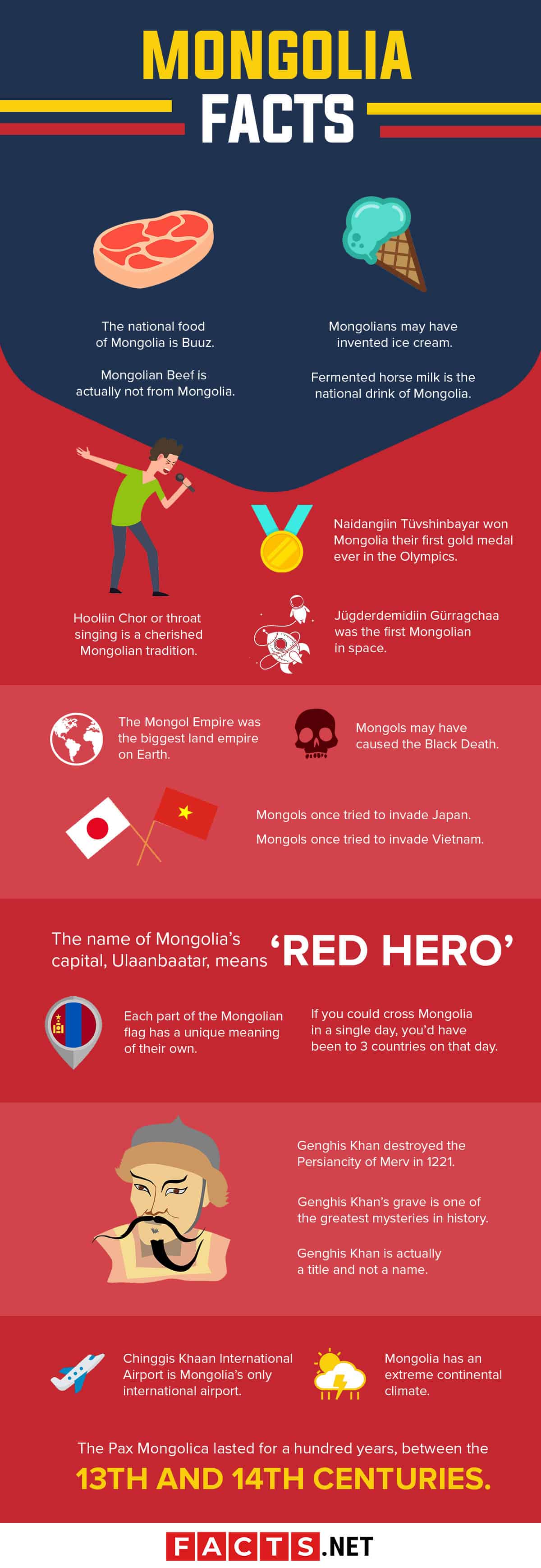
Mongolian Beef is actually not from Mongolia.

Despite what you might think, the popular dish Mongolian Beef is not from Mongolia. It came from Taiwan and has nothing to do with traditional Mongolian cuisine.
The national food of Mongolia is Buuz.
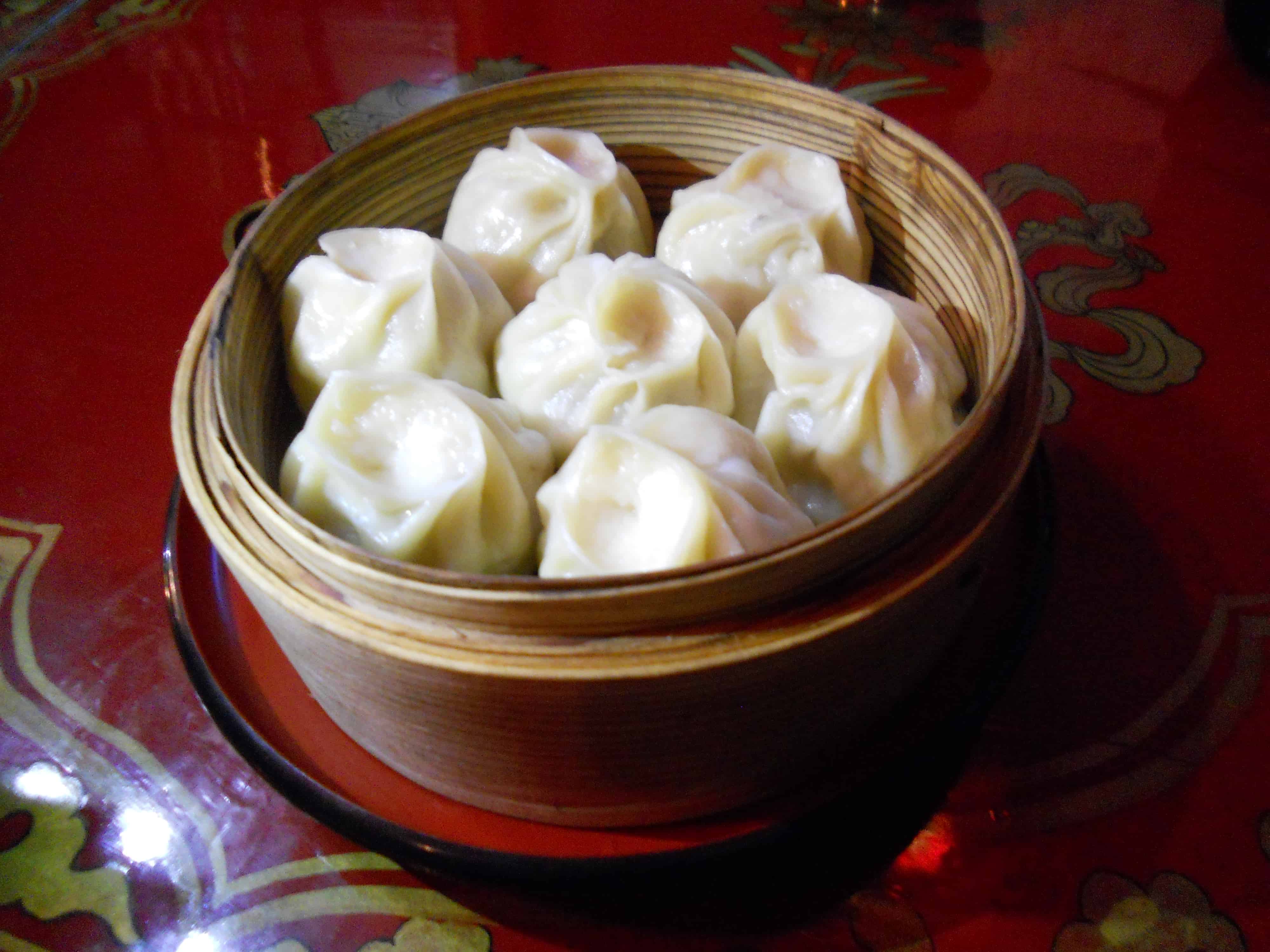
Now this is a real example of Mongolia facts, unlike ‘Mongolian’ Beef. Buuz are dumplings stuffed with meat. The meat can be either mutton or beef, flavored with onions and garlic, and salt is optional. Cooking of buuz is usually by steaming. Mongolians eat Buuz all year round.
Mongolians may have invented ice cream.
Now there’s one of the sweeter Mongolia facts. It comes from how Mongolian horsemen carried milk with them as they rode across the land in winter. The movements of the riders on their horses churned the milk in their containers. This ensured a creamy texture as it froze, with the cold of water freezing the milk. As the Mongol Empire grew, the product spread with it to various lands and peoples.
Fermented horse milk is the national drink of Mongolia.
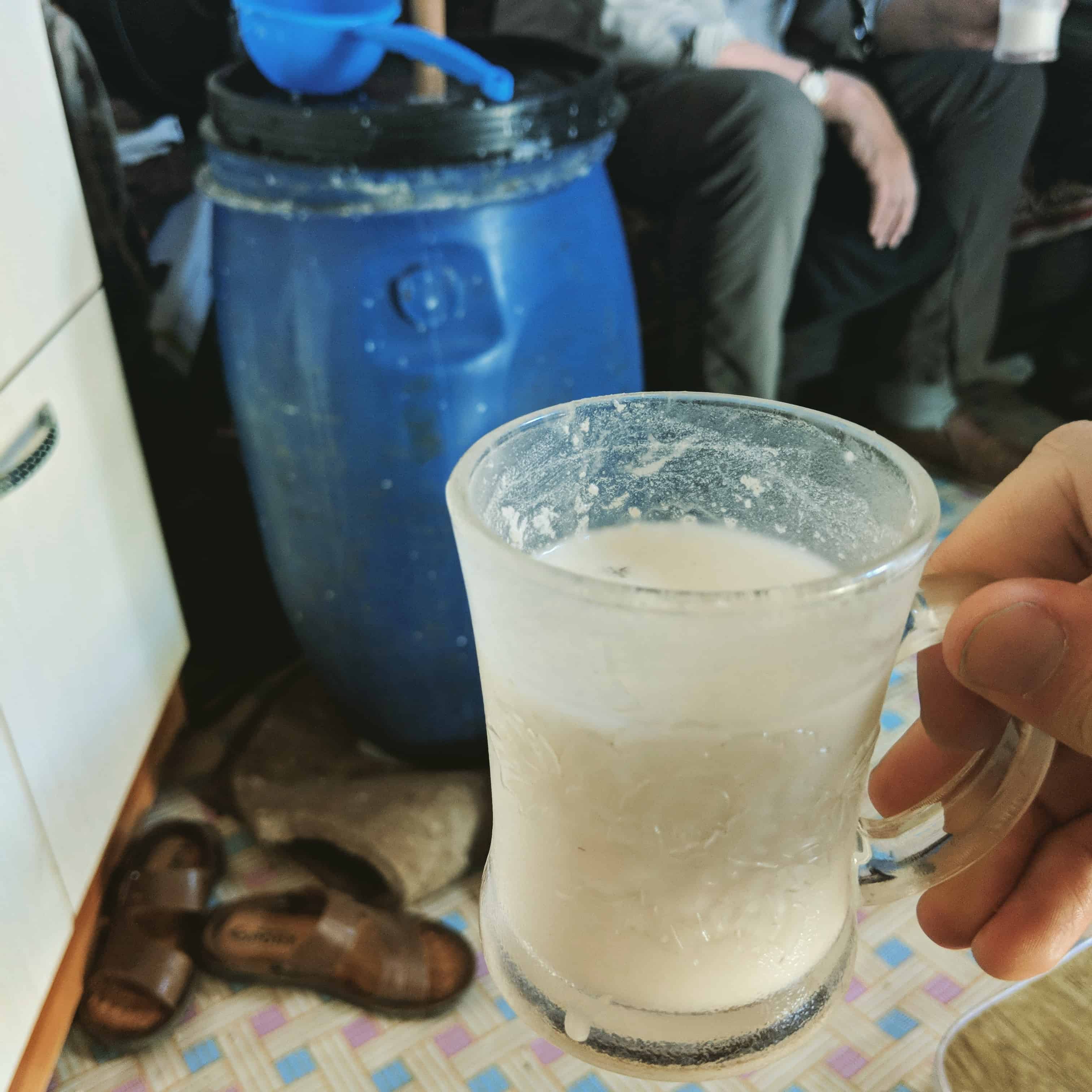
Mongolians call the drink airag and make it by fermenting horse’s milk. It’s like how to make wine and beer, only with horse’s milk instead of grape juice. Making airag is quicker though, as it finishes in only days. Once ready to drink, airag has very little alcohol content in it, making it comparable to small beer in the west.
Hooliin Chor or throat singing is a cherished Mongolian tradition.
One of most well-known Mongolia facts, it means ‘throat harmony’ in Mongolian. It involves the singer singing in one pitch, and then singing in one or more higher pitches at the same time. UNESCO recognizes it as part of Humanity’s cultural heritage.
Jügderdemidiin Gürragchaa was the first Mongolian in space.
Jügderdemidiin Gürragchaa went to space with Russian cosmonaut Vladimir Dzhanibekov. The Salyut-6 mission they participated in would stay in space for over a week. Jügderdemidiin Gürragchaa received the Hero of the Soviet Union medal for his part in the mission. He was also commemorated in the Zaisan Memorial, located south of Ulaanbaatar. Talk about stellar Mongolia facts.
Naidangiin Tüvshinbayar won Mongolia their first gold medal ever in the Olympics.
Naidangiin Tüvshinbayar competed as part of Mongolia’s judo team in the 2008 Olympics. It was there that he won his country their first gold medal in the Olympics. He received state honors on his return to Mongolia for his achievement. Truly one example of Mongolia facts to take pride in.
Genghis Khan is actually a title and not a name.
Did you know that Genghis Khan’s real name was Temujin? In Mongolian, it meant ‘blacksmith’. He became known as Genghis Khan only after he united all the Mongolian tribes together. It means ‘universal ruler’ in Mongolian, a fitting name for a man who would found the Mongol Empire.
The Mongol Empire was the biggest land empire on Earth.
At its height, the Mongol Empire covered 14.7 million square kilometers of territory. It stretched from the Sea of Japan in the east to Kiev in the west. From Russia in the north, it stretched as far south as Vietnam. Its population numbered over 100 million, or more than a quarter of the world’s people at the time.
Genghis Khan destroyed the Persian city of Merv in 1221.
One of the bloodiest Mongolian facts is the Mongol conquest of the Persian city of Merv. After the city fell, Genghis decided to punish its inhabitants for their resistance. Every warrior in his army received an order to kill at least 400 people. The result was a massacre where at least 700,000 people died.
Mongols once tried to invade Japan.
Here’s another one of the most well-known Mongolia facts. In the 13th Century, Mongols tried to invade Japan twice. Both invasions were the largest attempted over the sea until WWII. In both cases, typhoons destroyed the Mongol invaders. The Japanese called those typhoons kamikaze, meaning ‘divine wind’.
Mongols once tried to invade Vietnam.
Among less-known Mongolia facts, the Mongols invaded Vietnam three times in the 13th Century. The Vietnamese defeated them all three times. After the third invasion, the Vietnamese entered into an agreement with the Mongols. They did this to ensure an end to the repeated invasions.
Mongols may have caused the Black Death.
The Black Death was a pandemic of bubonic plague in Europe during the 14th Century. It would kill an estimated 50 million people before finally ending. One theory of its cause is a result of Mongol biological warfare. Mongols had a tactic wherein they used dead plague victims as ammunition for catapults. They used this tactic against Kaffa in Crimea, and where Italian traders were present. Those traders may then have brought the plague back with them to Italy.
Genghis Khan’s grave is one of the greatest mysteries in history.
The Mongols went to great efforts to keep Genghis Khan’s grave a secret. Soldiers killed everyone who attended the funeral, then the slaves who built his tomb. Finally, the soldiers who killed them all committed suicide. In this way, anyone who might know the secret would take it with them to the grave. Legend even claims that the soldiers diverted a river over the tomb to further hide it.
Each part of the Mongolian flag has a unique meaning of their own.
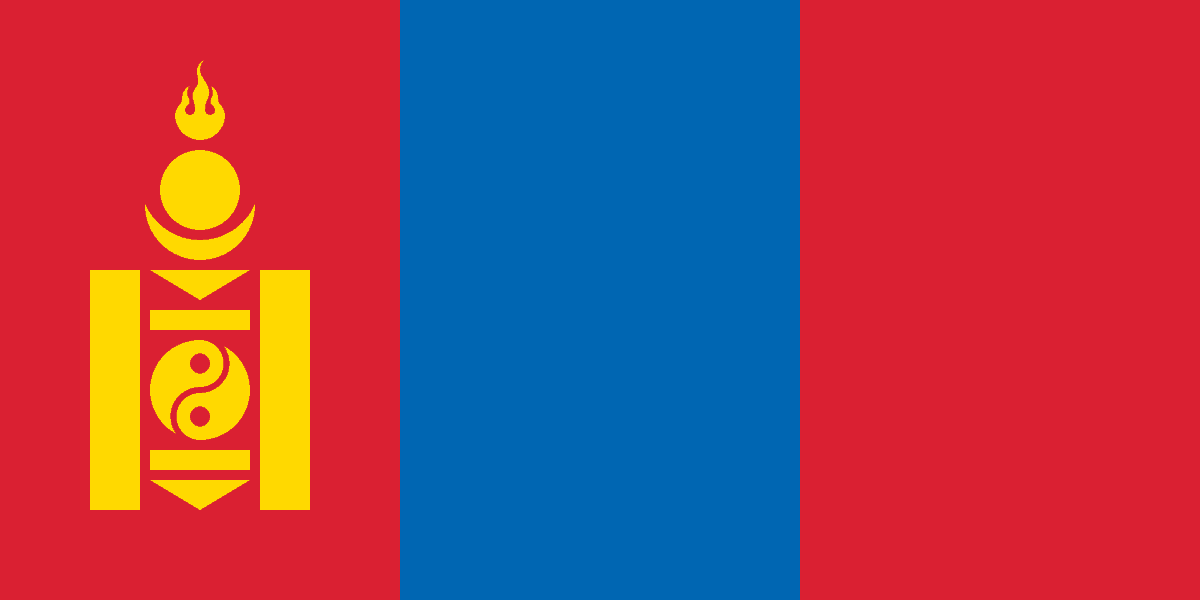
The blue stripe in the middle of the flag symbolizes the eternal blue sky. The red stripes to its left and right symbolize eternal prosperity. The golden symbol in the red stripe to the left is the ‘soyombo’. It represents the Sun and the Moon, fire, earth, and water, and yin and yang.
The name of Mongolia’s capital, Ulaanbaatar, means ‘Red Hero’.
You also might not know that the city didn’t always go by that name. Before 1911, the city’s name was Nomiĭn Khüree. In Mongolian, that means ‘Great Settlement’. Renamed Niĭslel Khüree in 1911, it meant ‘Capital Camp’. The final renaming was in 1924, following Mongolia’s becoming a Communist country.
If you could cross Mongolia in a single day, you’d have been to 3 countries on that day.
Mongolia’s border to the north faces Russia, while her border to the south faces China. An interesting fact is that Kazakhstan is also only 37 km away to the west of Mongolia. The two countries do not share a border, but the short distance makes for easy travel between them.
The Pax Mongolica lasted for a hundred years, between the 13th and 14th Centuries.
Pax Mongolica means ‘Mongol Peace’. This was born following Genghis Khan’s founding of the Mongol Empire. The Mongols made sure that trade and travel could go fast and safe in their lands. They also enforced a uniform code of laws, the better to govern their giant empire. All this ensured a century of peace and prosperity for the people under their rule. One of the more curious Mongolia facts, considering how bloody the Mongol Empire’s conquests were.
Mongolia has an extreme continental climate.
Did you know that Mongolia enjoys long and cold winters, with only short summers between? The high pressure in Mongolia also means on average they have 257 cloudless days in a year. Rain and snow usually fall in the north, while to the south some places have no rain at all.
Chinggis Khaan International Airport is Mongolia’s only international airport.
Did you know that of Mongolia’s 26 airports, only one operates international flights? Chinggis Khaan International Airport first began operations in 1961. Located 18 km to the southwest of Ulaanbaatar, the airport shares Genghis Khan’s name.
The Mongol Empire had a different capital from Ulaanbaatar.
Here’s one of the more interesting Mongolia facts. Did you know that Ulaanbaatar wasn’t always Mongolia’s capital? During the Mongol Empire, the capital was the city of Karakorum, in Western Mongolia.
The Gobi Desert covers part of Mongolia.
Fun fact: the Gobi Desert is the second-largest desert in Asia. It covers an area of 1.3 million square kilometers, including all Southern Mongolia. Part of Northern China is also covered by the Gobi Desert.
Mongolia is one of the highest places in the world.
The average elevation of Mongolia is 1.6 km above sea level. This makes it higher compared to other countries. This is thanks to the country’s location on the Mongolian plateau.
Mongolia has two mountain ranges in the country.
The first of the two ranges is the Altai Mountains. They run across the west and southwest of the country. The second mountain range is the Khangai Mountains. Shorter than the Altai Mountains, they run across the center and north of the country.
Most Mongolians are Buddhists.
Buddhism is the most common religion in Mongolia, with 53% of Mongolians Buddhist. Shamanism is also practiced, while 13% of Mongolians say they’re non-religious.
Erdene Zuu is the oldest Buddhist monastery in Mongolia.
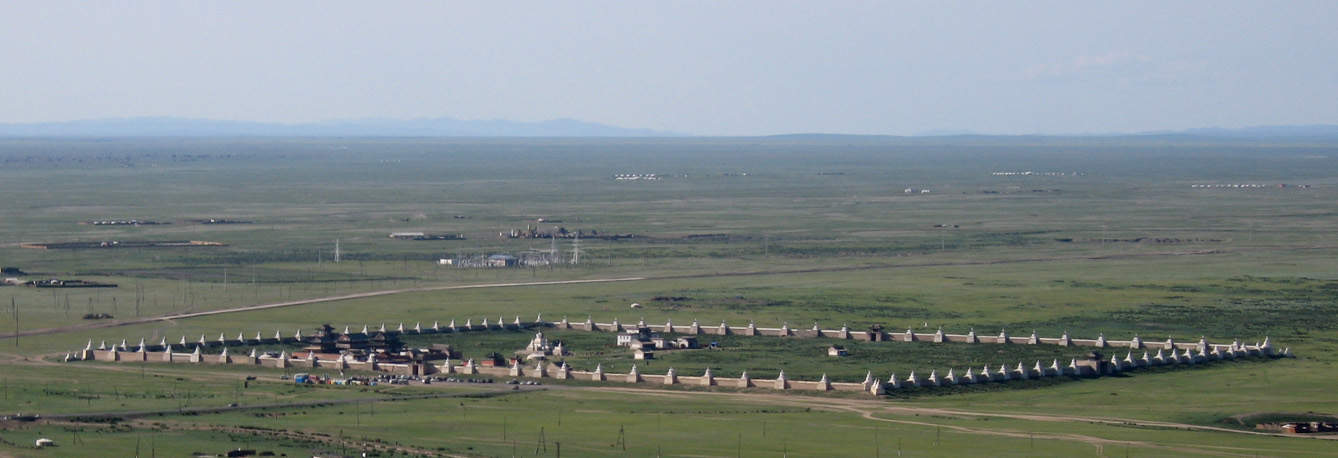
Built in the 16th Century, the monastery was next to the ruins of Karakorum. Today the monastery is 2 km northeast of the city of Kharkhorin. It is also a UN World Heritage Site.
An earthquake shook Mongolia in 1905.
Did you know that a Magnitude 8 earthquake hit Mongolia in 1905? It took place in the country’s northwest, the area’s remoteness leaving few records of the event. The few records that exist mention the quake caused rockslides in nearby mountains. Definitely one of the most obscure Mongolia facts, and with good reason.
Erdenet has the fourth-largest copper mine in the world.
Erdenet is the third-largest city in Mongolia. Its name means ‘with treasure’, a reference to the city’s mining industry. In fact, the city’s founding in 1974 was to exploit the rich copper deposits nearby. More than that, the copper mines in Erdenet provide the majority of Mongolia’s income today.
Darkhan is the second-largest city of Mongolia.
Darkhan means ‘blacksmith’, referencing the city’s manufacturing centers. It is also the second-largest educational center in the country. Hundreds of students come to Darkhan from other places in Mongolia to study.
Mongolia is separate from Inner Mongolia.
Inner Mongolia is a province of China, running along China’s border with Mongolia. This is the result of an administrative decision during China’s Qing Dynasty. That decision was the division of Mongolia into ‘Outer’ and ‘Inner’ provinces. Modern Mongolia covers historical Outer Mongolia.
Horse racing is the most popular sport in Mongolia.
This shouldn’t surprise you, seeing as horseback riding is the most common way to travel in Mongolia. Unlike in other countries, horse racing in Mongolia isn’t done with circular tracks. The country’s large and open countryside means races go across the open land. The Mongolian Derby, for example, runs over 1000 km across the country. What’s more, racers ride semi-wild horses during the derby, as a tribute to Genghis Khan himself. Talk about fast and historical Mongolia facts.
Ger is what you call traditional Mongolian tents.

Foreigners have called Mongolian tents teepees, due to similarities with Native American tents. But, the proper name for Mongolian tents is Ger. It translates to ‘home’ in Mongolian.
The traditional Mongolian attire is the Deel.
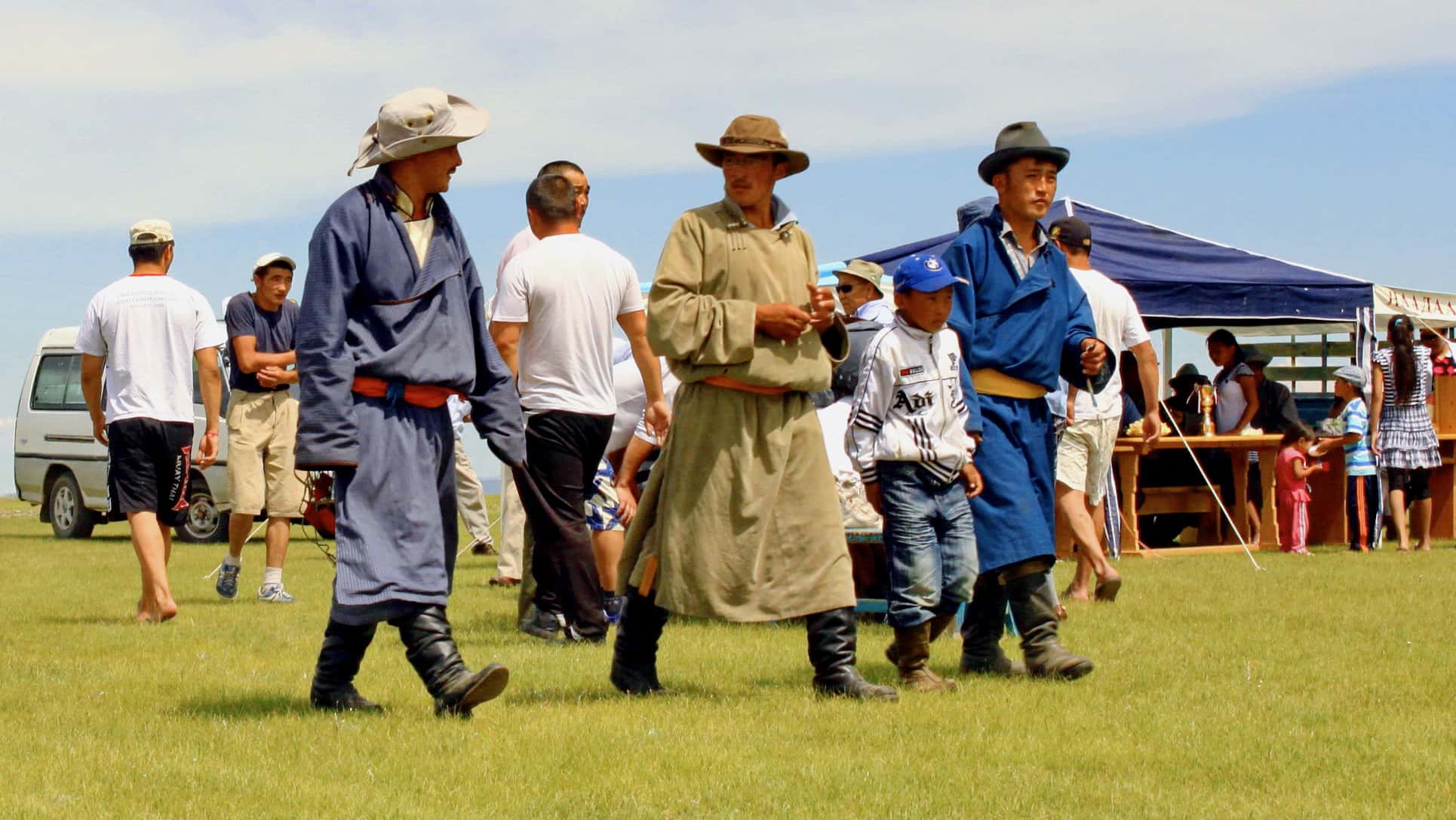
Mongolians have worn the Deel for centuries, and rural Mongolians continue to daily. In cities, it is usually only by the elderly, except on special occasions. The Deel looks like an overcoat but is not buttoned like one. Instead, you wear the Deel tight against the body, with the right flap overlapping the left. Clasps and a sash are then used to hold it in place.
The world’s tallest statue of a man on a horse is in Mongolia.
Genghis Khan’s statue of himself on horseback stands 40 meters tall. This doesn’t include the 10 meter base below the statue itself. Located near Ulaanbaatar, it is the tallest statue of its kind in the world.
You can find snow leopards in Mongolia.
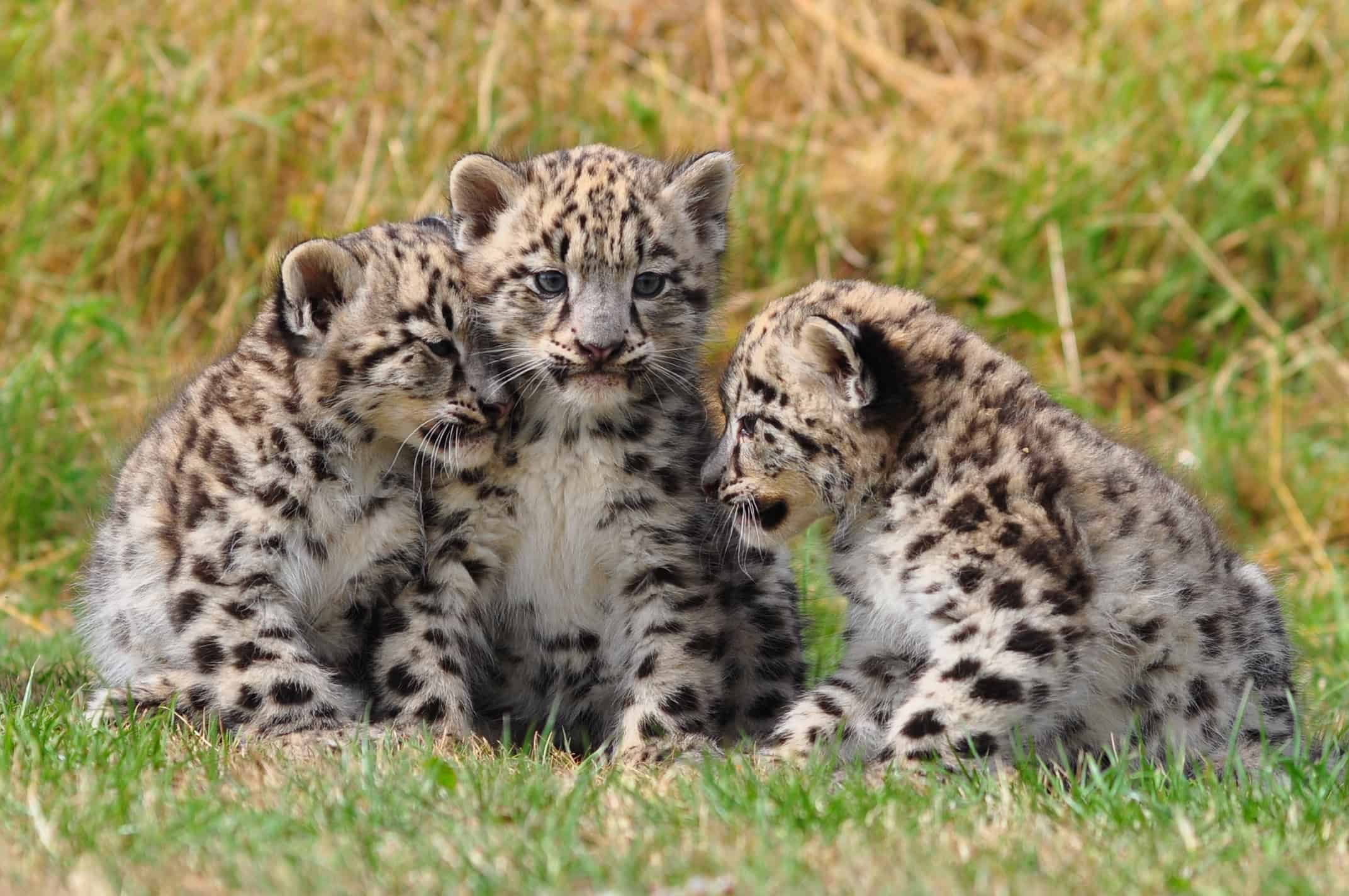
An endangered species of big cat, snow leopards are native to Central Asia. They have whitish-grey fur, with black spots on their heads and neck. In Mongolia, they live in the Altai Mountains of the country’s west.
Dinosaur fossils have been present in Mongolia.
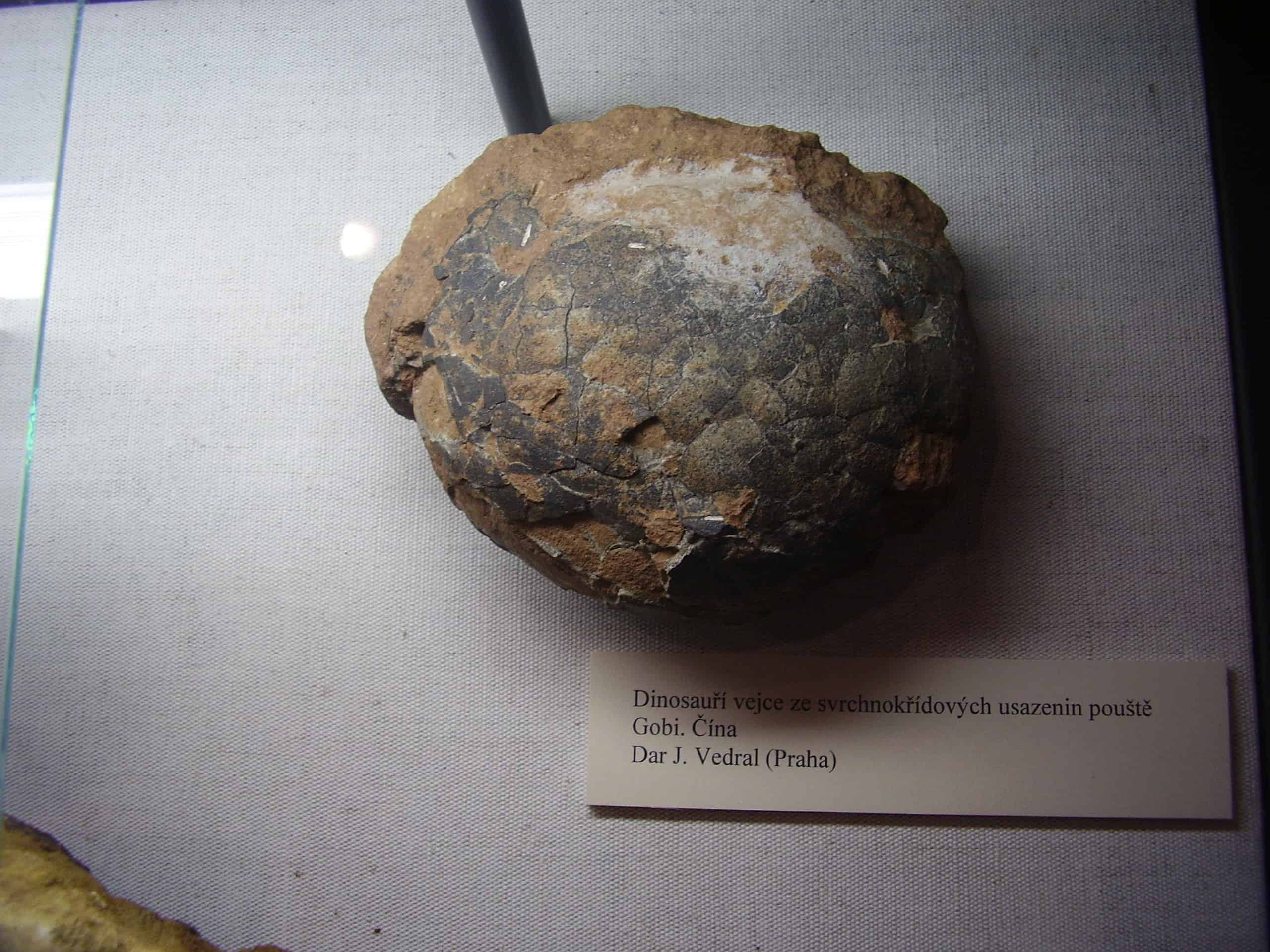
Haven’t you ever wondered where you could find fossils? Mongolia is one such place, in the Gobi Desert to its south. Fossils were first found there in 1923, and continue to be even today. It is especially famous for dinosaur eggs, which average 9 inches in length.
The derogatory term Mongoloid means ‘of or like Mongols’.
Mongoloid was once used as an adjective for people suffering from Down’s Syndrome. This was because patients resembled Mongolian individuals. This is now seen as racist and derogatory, and so the word Mongoloid is no longer used in medical terms.
The world’s largest wrestling competition took place in Mongolia.
In 2011, Mongolia’s Nation Wrestling Match involved 6002 wrestlers. This earned it a spot in the Guinness Book of World Records as the largest wrestling competition to date.
The only wild horses left in the world today are in Mongolia.

Takhi, which means ‘spirit’ in Mongolian, are the only undomesticated horses left today. In the west, they are also known as Przewalski’s horse. A sad fact to remember is that takhi are an endangered species. This is thanks to Human development of their natural habitat on the steppes.
Naadam is the biggest sporting event in Mongolia.
Naadam means ‘games’ in Mongolian. It happens every July, with three sports celebrated. Those sports are archery, horse racing, and Mongolian wrestling. Women can take part in archery and horse racing only.
Mongolian long songs sound long but are actually short when it comes to lyrics.
Long songs are a musical form in Mongolia. It involves drawing out the syllables of a song for as long as possible. Some long songs only have 10 words in their lyrics, but can take up to 3 hours to sing.
Mongolia follows the One China Policy.
As part of the policy, Mongolia does not see Taiwan as a separate country. Instead, it sees Taiwan as a breakaway province of China to reunite with in time.
Mongolia uses the Cyrillic alphabet.
After Mongolia turned to Communism, they adopted the Cyrillic alphabet used in Russia. It remains in use in Mongolia today even after the fall of Communism. The old Mongolian alphabet is being reintroduced in schools, though.
Genghis Khan introduced the Mongolian alphabet.
Genghis Khan was unable to read and write, like many Mongols at the time. To correct this, he borrowed the Uyghur alphabet and adapted it for the Mongol language.
Winners in Mongolian wrestling receive animal titles.
This is definitely one of the most colorful Mongolia facts. The winner of a Mongolian wrestling tournament receives the title arslan. It means ‘lion’. The first runner-up receives the title dzan. It means ‘elephant’. Finally, the second runner-up receives the title nachin. It means ‘eagle’.
The Mongolian language relates to several other languages.
Mongolian belongs to the group of languages called the Altaic language family. This includes the Turkish languages spoken from Turkey and across Central Asia. It also includes Tungusic languages spoken by ethnic minorities in Siberia. Some scholars also argue that Korean and Japanese are part of the Altaic languages. This opinion is still heavily-debated in academic circles.
Former President Tsakhiagiin Elbegdorj of Mongolia is an American alumnus.
Tsakhiagiin Elbegdorj studied at the University of Colorado from 2000 to 2001. Graduating with a diploma, he then studied at Harvard from 2001 to 2002. He graduated with a Master of Public Administration in 2002.
Mongolia is rich in natural resources.
Mongolia’s natural resources include oil, copper, nickel, tungsten, and zinc. Deposits of precious metals are also found in the country. These include both gold and silver.
The oldest national park in the world is in Mongolia.
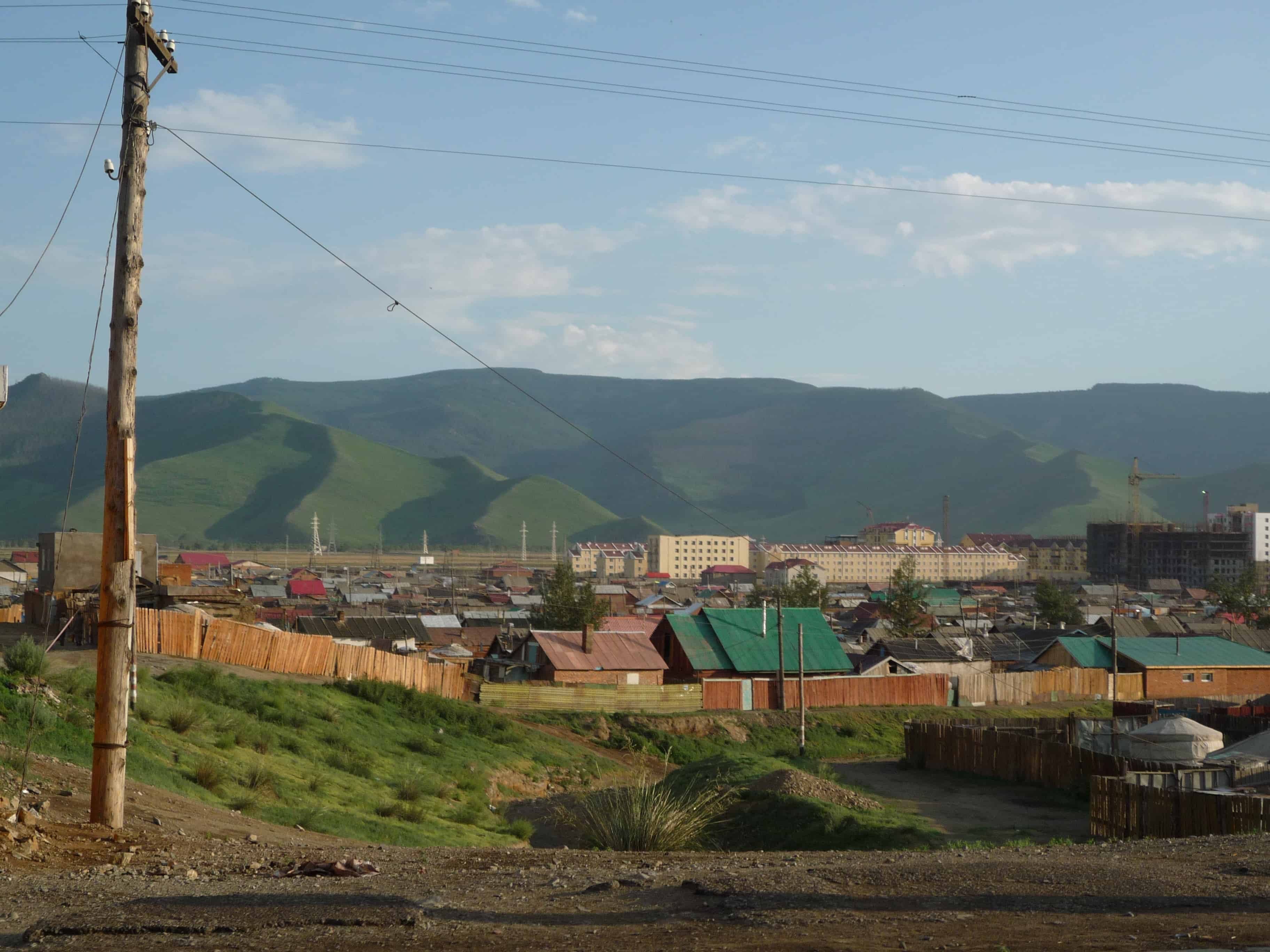
Bogd Khan Mountain is to the south of Ulaanbaatar, looking down over the city. It stands over 900 meters tall. The Qing Dynasty declared it protected in the 18th Century. They did this to protect the mountain’s natural beauty and rich wildlife.
George W. Bush was the first American President to make a state visit to Mongolia.
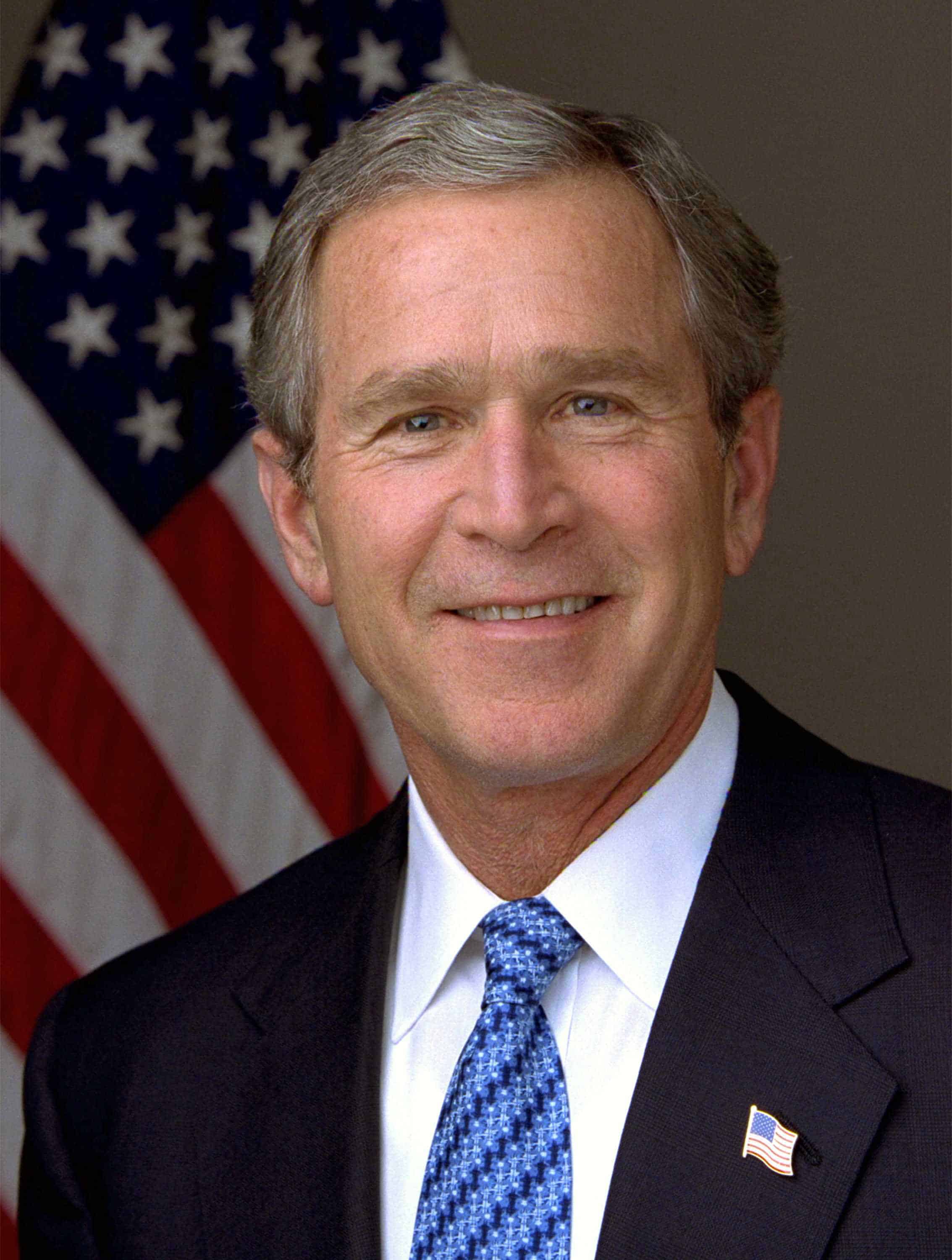
Former US President Bush visited Mongolia in 2005. Accompanying him was his wife, First Lady Laura Bush, and State Secretary Rice. Bush made the visit to thank Mongolia for their help in the War on Terror. In fact, two Mongolian soldiers had prevented a suicide bombing in Iraq before the visit. Both soldiers were present in person on Bush’s arrival.
Mongolia once fought a legal case in the USA to return a stolen dinosaur skeleton.
Did you know that in 2012 Eric Prokopi smuggled a dinosaur skeleton from Mongolia to America? The Mongolian government launched a case against the claim it was from Britain. In 2013, an American judge ruled in favor of the Mongolian government. He sentenced Prokopi to jail for three months. He also ordered the skeleton returned to Mongolia. It is currently in a museum in Ulaanbaatar.
Mongolia joined the UN in 1961.
As it was a Communist country at the time, Mongolia was not recognized by the USA. Other western nations followed America’s lead. It would not be until1987 that the USA and her allies would recognize Mongolia.
Women with 4 or more children are publicly-honored in Mongolia.
The Order of Glorious Motherhood is a special award in Mongolia. It’s awarded only to women who have given birth to four or more children. Mothers with four or five children receive the second class award. Mothers with six or more receive the first class award. Both come with a cash prize, 100,000 for the second class, and 200,000 for the first class.
There are many lakes in Mongolia.
More than 3000 lakes exist in Mongolia. Most of them are small, with less than 100 square meters in area. The low level of rainfall in Mongolia also causes lake sizes to vary over time.
Gers always face south.
Did you know that Mongolians always set up their tents to face south? This is to protect themselves and their families from the cold northern winds. This can be quite handy too if you get lost while visiting Mongolia. Look at the Mongolians’ tents, and you’ll know which way is north. Now there’s a useful example to remember among Mongolia facts.
Shaking hands is a form of apology in Mongolia.
It’s also very common too. Touching a Mongolian by accident will have the other person extending their hand. So if you’re visiting Mongolia, don’t be rude. Shake their hand.
Hospitality is very important in Mongolia.
It’s so important that Mongolians offer any guest a bowl of airag. Refusing to take a drink is one of the worst insults you can give to a Mongolian.
Mongolians have an interesting cure for hangovers.
I’m sure I don’t need to explain how much of a headache hangovers are. And I’m also sure a decent cure for one would be very appreciated. The Mongolian cure for hangovers has three ingredients. Those are tomato juice, vinegar, and sheep eyes. Do you want to give it a try?
Mongolians do not wish on shooting stars.
Have you ever wished on a shooting star? No Mongolian has. In Mongolian culture, a shooting star represents the impending end of a person’s life. So instead of making a wish, they say a prayer instead.
Mongolians hunt with eagles.
Like how some in the west hunted with falcons, Mongolians hunt with eagles. Hunting parties start by flushing out prey such as rabbits or small mammals. Then they send out their pet eagles, who track and then swoop down to kill the prey.
Was this page helpful?
Our commitment to delivering trustworthy and engaging content is at the heart of what we do. Each fact on our site is contributed by real users like you, bringing a wealth of diverse insights and information. To ensure the highest standards of accuracy and reliability, our dedicated editors meticulously review each submission. This process guarantees that the facts we share are not only fascinating but also credible. Trust in our commitment to quality and authenticity as you explore and learn with us.
